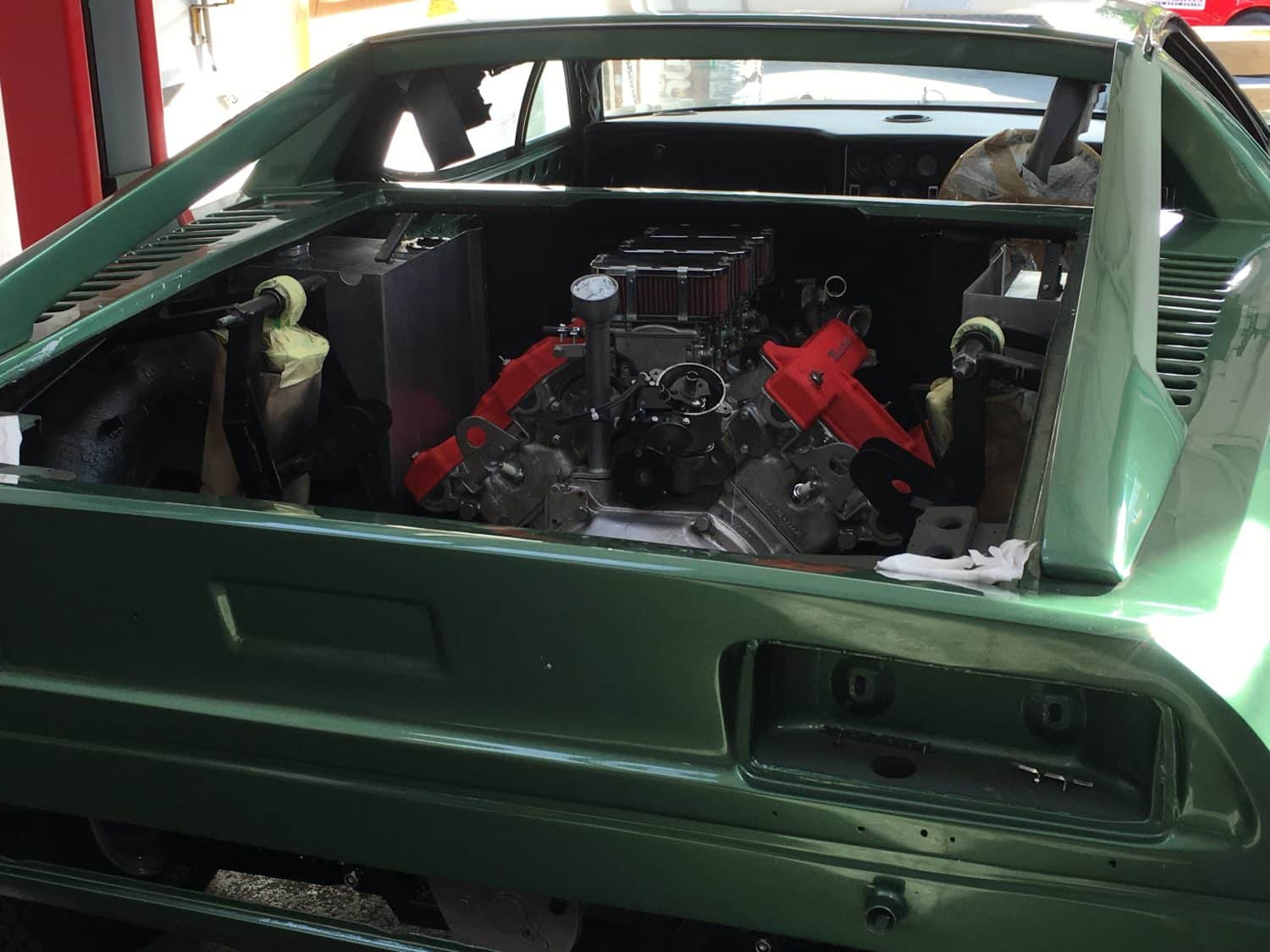- Assuming entire system to be dry but connected and engine ready to run, add fresh LHM fluid to the reservoir.
- Also, prime the LHM pump by pouring LHM down the return pipe or filling prior to installation.
- Start the engine and allo fluid to circulate around the system for 10 to 20 seconds. Keep the engine running throughout the bleeding procedure to maintain hydraulic pressure.
- Keep checking and topping up the level of LHM in the reservoir throughout the following procedure.
- Firstly bleed the regulator. To do this, locate the 12mm a/f bolt on the side of the regulator that is the bleed screw. Loosen this and you will hear air whistle out. Keep this open until the noise stops and then repeat three to four times. lock the bleed screw.
- Next bleed the brakes. Start with the rear calipers and assemble a bleed bottle on the nipple in the normal way. Open the nipple and push the brake pedal. You will only need to gently push the pedal as the LHM will come out quite quickly. After a few seconds, close the nipple, release the pedal and start again. Due to the high pressure nature of the system, it is impossible to check for air bubbles in the bleed tube. Just repeat the procedure as below.
- Bleed each of the four brake calipers in turn at least twice.
- Next bleed the clutch; to do this, assemble the bleed bottle on the nipple on the slave cylinder. With the engine running, open the nipple and push the pedal down to the floor and keep depressed. At the same time, operate the headlamp pod raising and lowering switch up and down continuously and also pump the brake pedal. This is because although the headlamp pod system is self bleeding, it is possible for air in this system to be drawn into the clutch circuit. After a few seconds, close the nipple and then repeat the procedure.
- By now you should have brakes and clutch action. However, we recommend repeating the entire procedure starting with the regulator.
- Having completed to this point, check operation of brakes and clutch.
- To check the clutch, just depress the pedal and check that the clutch fork moves throughout its range. keep pedal depressed and check that the fork does not ‘slip’ back. Check again the next day after running the engine. If the clutch pressure has disappeared, there is still air in the system. Therefore try bleeding once again.
- To check the brakes, push the pedal and listen for rasping noise. if there is noise, bleed the system once again. Then drive the car and check for delay in braking action when pressing the pedal. If there is delay then there is still air in the system and it should be bled again. If not, then the system is ready for use.
This information has been provided to us from the Maserati Club.

